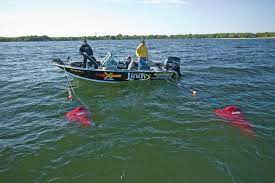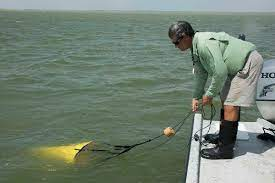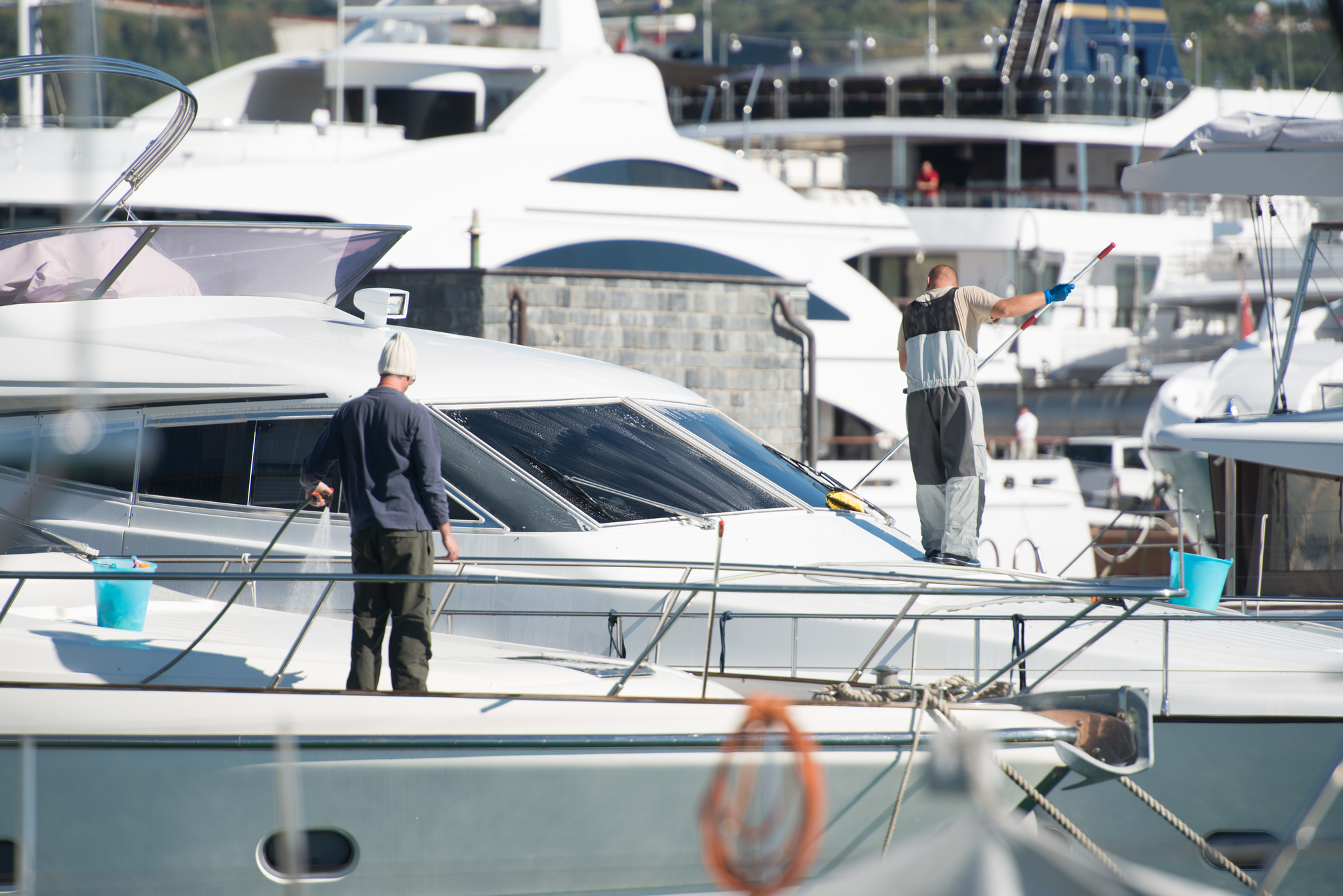What size drift sock do I need
A lot of sailors and boaters need to know how to determine the right sock size for boats. Finding the perfect boat sock is one of the most important steps you can take when choosing your next vessel. Whether you want to keep it simple or go overboard, the right sock size can make a world of difference between a relaxing day cruising and a night spent rocking back and forth in misery. Whether you’re getting ready to take your boat on its maiden voyage or you want to take it out for a weekend cruise, knowing the right size boat sock is key to a great boating experience.

If you’ve ever wanted to get the perfect fit for your boat or yacht, you’ve probably spent hours searching for the right size of boat sock. Boat socks are similar to regular socks, except they’re specially designed to fit snugly around boats so that you don’t get your feet wet or your boat rickety. Finding the right boat socks can be tricky, though. There’s no one standard size for boat socks. Different brands offer different sizes. The same brand may even offer different models—such as a footbath sock and a bootie sock. If you’re not sure what the right boat sock size is, check out this guide to find out.
How do you measure for drift socks?
You measure the size of the boat that you want to fit into the sock. The larger the boat is, the more room that you will have for it. Make sure that you check the size of the sock that you buy. You may need to size up or down depending on the type of boat that you want to fit in the sock. For measuring drift socks for boats, you need to know that the measurement is done from the back of the boat while sitting on it. You should measure both the left and right sides of the boat.
Tying a Drift Sock Onto the Boat An integral part of the drift sock system is the tow rope and dump line. As the name suggests, the tow rope is attached to the main harness of the sock. Tying off to a cleat on the boat is then done with the loose end. Choosing The Right Drift Sock When purchasing a drift sock, the rule of thumb is to buy one to match the length of the boat you use. This will give you a ballpark size to begin your search with, which can then be fine-tuned to the perfect fit dependent on the severity of wind conditions you routinely face. While there are certainly cheaper drift socks available, if you have a larger boat, you’ll need a bigger sock to slow it down effectively. The light at the end of the wind tunnel is an essential and functional angling tool called the drift sock also known as drift anchors. Here are some tips on what to look for when shopping for one or more drift socks.
In addition, if you’re fishing from a larger boat they’re one of the only manufacturers that offer drift socks in larger sizes. Regardless of which brand you choose here are some important features to look for: Weight and Float built into the sock (helps it open faster) Heavy duty nylon Dump line (helps when pulling the sock in) The Drift Harness And Buoy The drift harness is what’s used to attach the sock to the boat. You might be inclined to just try using a rope to attach the drift sock to the boat but a drift harness is a much better option.
How do I choose a drift anchor size?
Choosing the right anchor text size is critical to maximizing your site’s performance. But if you aren’t sure where to start, don’t worry — there’s no single answer to this question. Instead, you need to decide what your objective is, and then use metrics to help you choose the ideal size. There are three types of metrics to help you determine the correct anchor size: page load speed, click-through rate, and bounce rate.
Drift socks are available in a wide variety of sizes and the size you’ll need is based on the size of the boat, average wind conditions and exactly how prepared you to want to be. You’re better off choosing a drift sock on the larger end of the suggested sizes than a smaller one.
Now that you’ve learned the three basic elements of persuasion and applied them to your site, it’s time to choose a drift anchor size that will effectively prompt your readers to act. For a long time, I found myself always settling on a 2 or 3.5-px size. After testing this on many of my sites, I came to understand why I kept using those numbers. My best guesses were that people would prefer to scroll a lot more than they do (this is especially true on mobile) and that most sites don’t need more than 1–2 px of space above the fold.

Drift anchors need to be large enough to grab a reader’s attention, but not so large that it feels like a billboard. Choose a size that feels comfortable and easy to read, as you want the user to feel like they can just keep reading without a distraction. A good place to start is with your site’s average font size. Since you’re likely to have a fairly narrow margin on both sides of the content, the more space you can devote to the headline, the better.
How well does a drift sock work?
Drifting is a type of skiing in which skiers are suspended from a rope attached to a ski lift and pulled along by gravity as it carries them up the hill. With a drift sock, the rider is simply thrown into the air and lands in a sitting position with no friction (other than that which is created by his or her body weight).
When the winds are gusting strongly. To combat this problem, a drift sock kit should be attached to the rear corner of the windblown side. With this configuration, your boat will remain parallel to the shoreline, and the bow mount trolling motor will be used to inch your way along the drift and periodically nose the bow out and away from the shore. To slow down your approach, while keeping a controlled drift, you will want to utilize two drift socks on the windward side of the boat.
Attach a larger sock to a cleat just below the bow and a smaller sock at the rear on either the port or starboard side depending on which direction the wind is blowing. If your boat is on the larger side, you may want to use multiple drift socks. This will slow you down further and keep your boat from swiveling around in the water. Attach the main drift sock to a cleat near the rear of your craft, and a second smaller one to a cleat near the bow. Deploy your drift socks in the same direction as the wind.
Do drift socks scare fish?
Having a drift sock and learning boat control is one aspect of learning how to successfully drift fish for catfish. To get in-depth information on drift fishing, and all the details you need to be successful and catch more fish check out the Drift Fishing For Catfish program one of the digital products from Catfish Edge. If you’re not ready to buy the drift fishing for catfish book you can get more tips on drift fishing for catfish here on this television show I hosted on Fox Sports Outdoors.
If you want to attract more fish to your fishing spot, you should put drift socks around your spot. The fish won’t be scared by the sight of your drift socks. They think that it is safe.
Drifting socks in a fish tank are meant to deter unwanted guests, but researchers at Penn State University wanted to see if fish got scared of them. To test this theory, scientists put adult goldfish into a tank and hooked up a fan to the tank, and played various sound files for 30 minutes. When the fish swam around in the tank and the fan was off, they found that the goldfish had no problem navigating the water.
But when the fan was on and the sound of the fan was turned on, the fish became very agitated. They darted around the tank, jumped into the corners, and were generally anxious. Deploying the drift socks in this configuration will alleviate any issues with the uneven boat drifting, and with the outboard motor also creating drag, will allow you to slowly pick apart a flat and fish it effectively and thoroughly.




